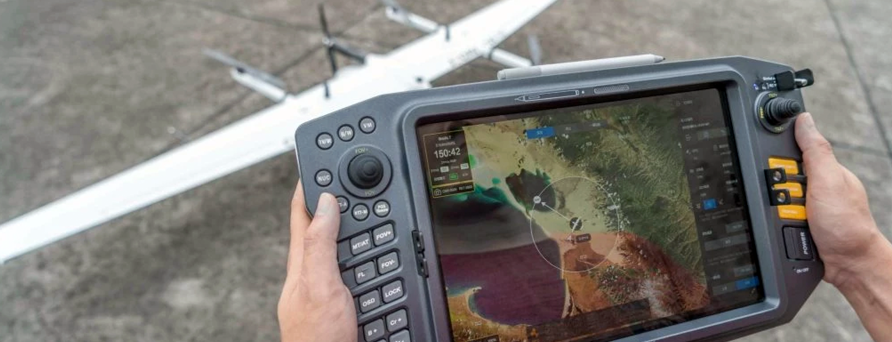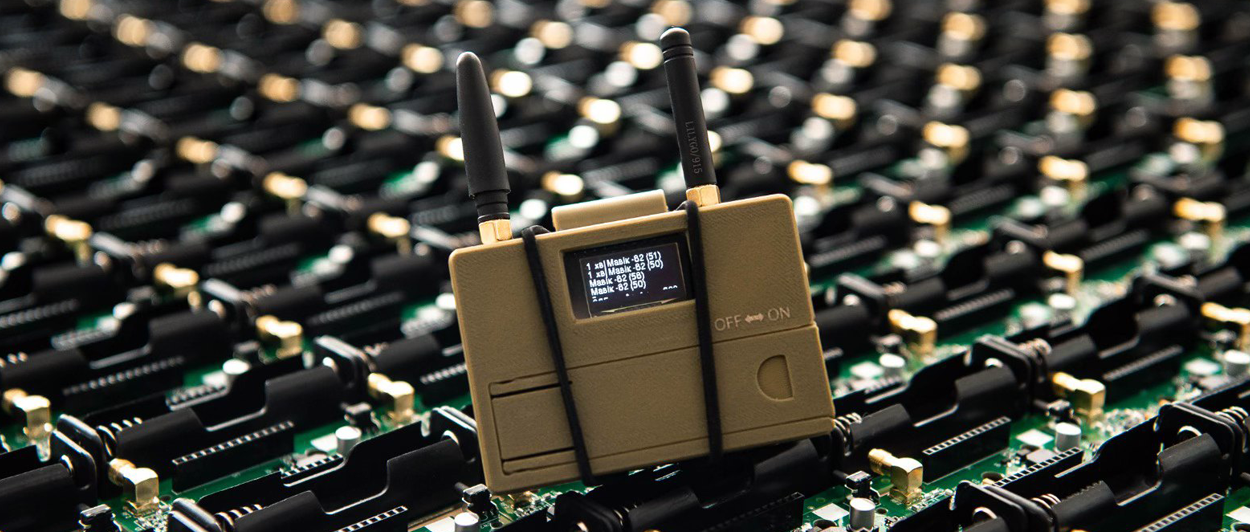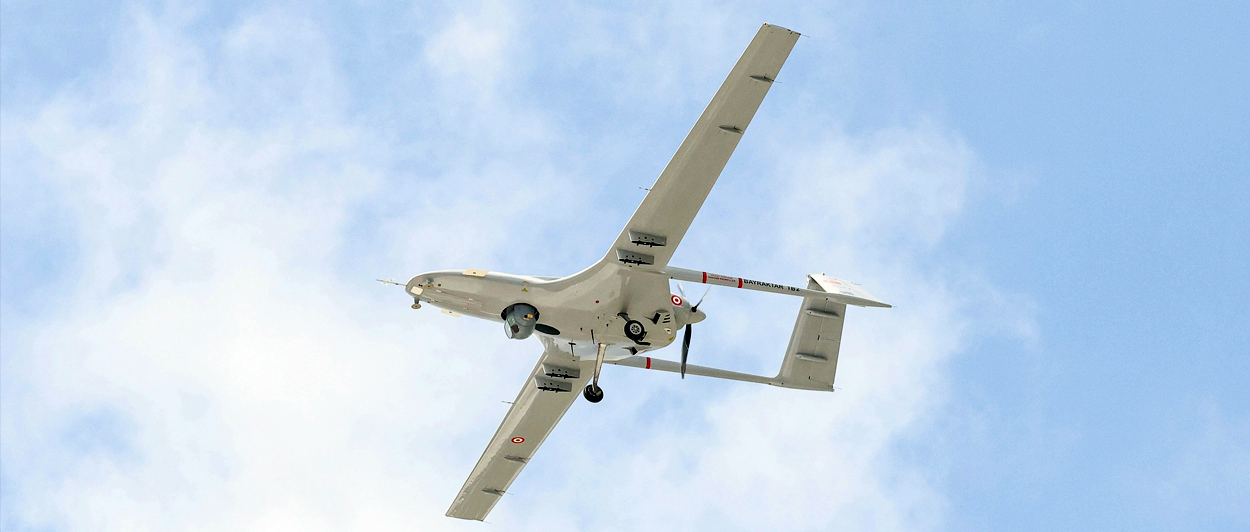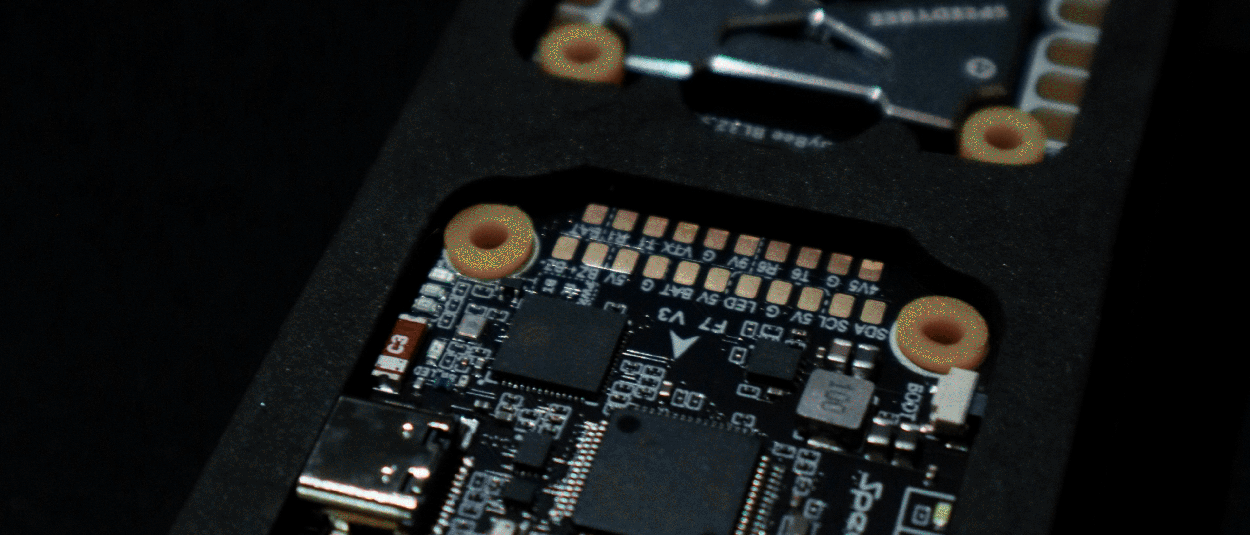
How to Compensate for Drone Inertial Navigation Unit Deficiencies
An internal navigation system (INS) provides extra situational awareness to UAVs, complementing other navigation units like GNSS, SLAM, or LIDAR-based systems. Working independently of satellites, an INS is great for countering GPS signal loss or targeted UAV jamming. But most commercial internal navigation units in drones aren’t without some critical shortcomings.
Shortcomings of Commercial UAV Inertial Navigation Units
Most top-of-the-shelf drones are pre-furbished with internal navigation units that still require external data sources like a ground station or fusion with other sensors for autonomous navigation in GPS-denied environments. More advanced UAVs may feature better units, but they’re still susceptible to a range of issues.
Sensitivity to Environmental Conditions
MEMS-based inertial navigation units exhibit performance degradation under high temperatures, rapid temperature cycling, composite stress, high vibrations, and electromagnetic interference (e.g., from nearby equipment or transmission towers). High-end internal navigation systems can run smooth at a -40°C to 85°C (-40°F to 185°F) range and maintain very low bias residual errors. But they also come at a premium price tag and may not be compatible with all drone models.
Sensor Drift
Most INS require initial initialization and regular calibration to compensate for the inevitable drift, leading to cumulative velocity or displacement errors during flights in GPS-denied environments.
The common types of sensor drift in drone internal navigation units include:
- Zero-offset (bias) drift occurs when sensor readings are inaccurate due to ongoing errors.
- Integration drift accumulates over time due to different errors in gyroscope and accelerometer readings.
- Scale factor errors due to quick temperature cycling or equipment wear.
- Noise-induced drift (random walk) is caused by random interferences and manifests as unpredictable errors.
Without regular recalibrations, INS errors pile up, jeopardizing autonomous flights.
High Power Consumption
More advanced internal navigation units with ring laser gyroscopes are more power-hungry. While FOGs offer higher accuracy, even the most lightweight models consume 1.3 W against an average of 3 mA among MEMS-based systems.
To compensate for INS drift, many companies also combine IMU readings with computer vision systems to deliver greater accuracy. With sensor fusion done on the edge, power consumption goes up massively, impeding UAV flight time.
Using AI to Improve Inertial Navigation Unit Data Processing
INS performance can be massively improved using supervised machine learning and reinforcement learning techniques. Sensor fusion algorithms can compensate for accumulated errors and reduce noise-induced disruptions.
Bavovna developed an AI-powered hybrid navigation kit, featuring a low-SWAP, EMI-shileded onboard unit, and a fine-tuned sensor fusion model, trained for each drone model. The entire system, including our internal navigation unit and AI-powered flight controller, weighs only 1.7lb (800gr), making it compatible with a range of UAV models. The max current consumption is 10A, preventing excessive battery drainage.
Unlike other systems, Bavovna can maintain an ultra-long range, field-tested range of 155 miles (250km) for fully autonomous flights without any GPS reliance. The accuracy rate can be as high as 99.98%, thanks to on-edge, continuous compensation for error rates. With Bavovna hybrid INS, you can fly regular and FPV missions without worrying about signal loss, targeted interferences, or harsh temperatures.
Learn more about our AI navigation solution for UAVs.



